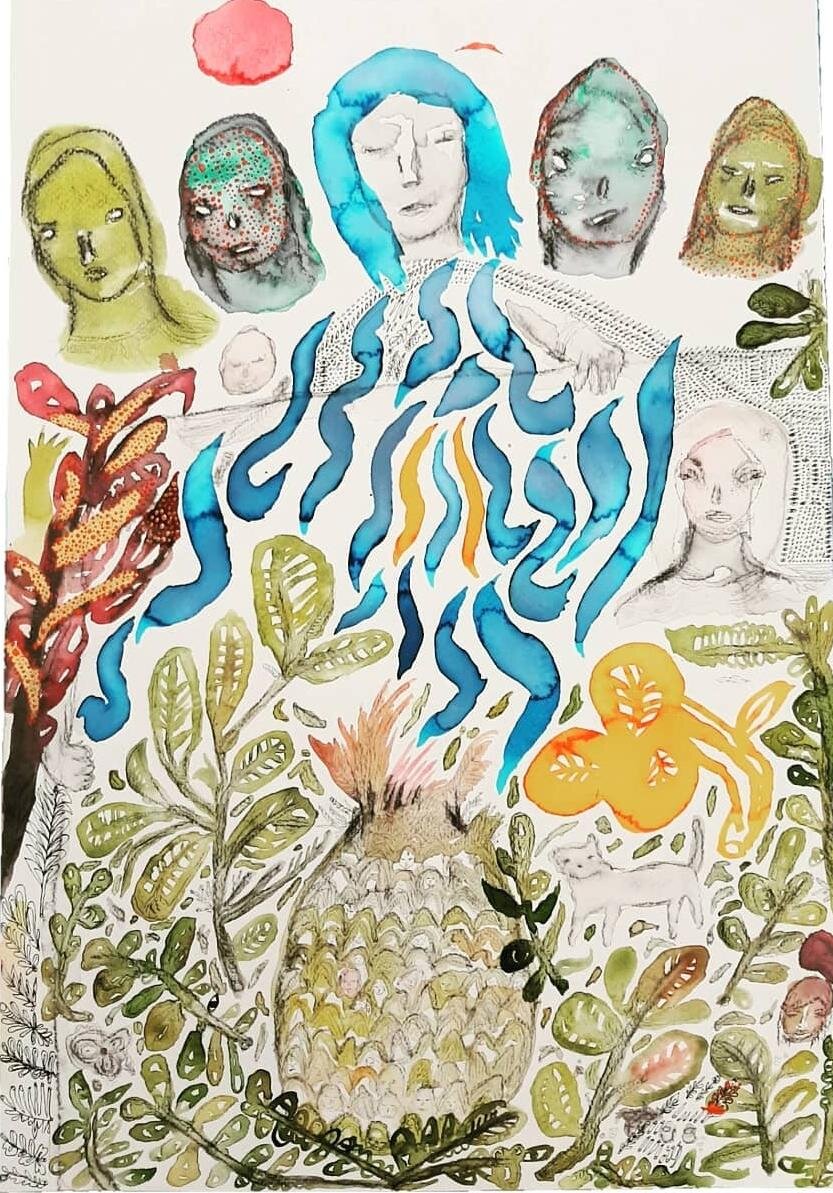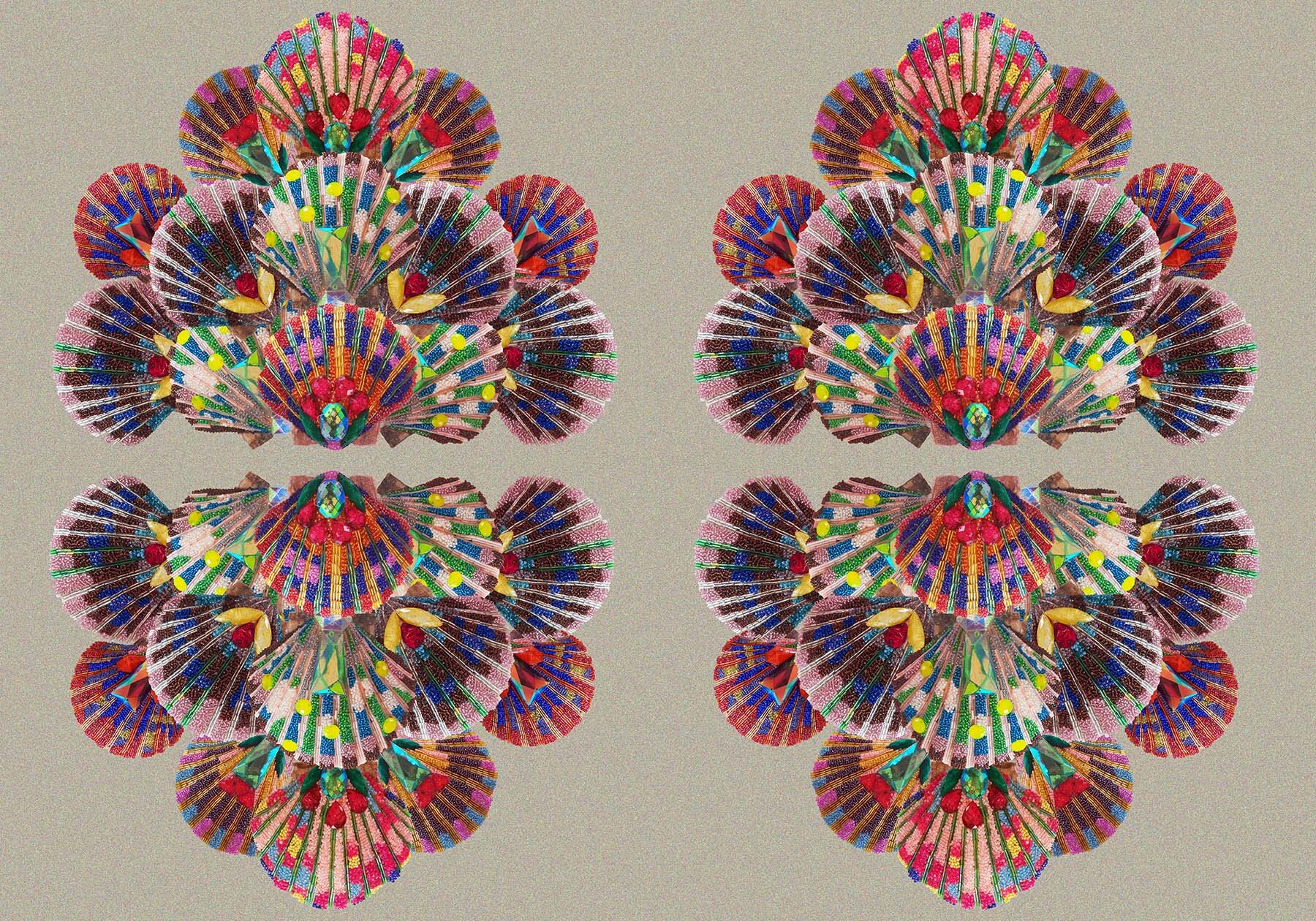Atlantic World Art Fair
June 1-21st, 2021Sour Grass is one of nine galleries and agencies presenting at the inaugural Atlantic World Art Fair initiated by Lisa Howie of Black Pony Gallery (Bermuda) on Artsy. This annual partnership is dedicated to growing the cultural capital of the Caribbean with the goal of elevating the visual arts within our community to the wider world.
The Atlantic World Art Fair showcases an under-represented, dynamic region of innovation. Discover the talents of contemporary artists from the mid-Atlantic whose creative expressions reflect intertwined histories, relations and cultures informed by peoples of Africa, Asia, the Americas and Europe.
The Atlantic World Art Fair runs from June 1-21st, 2021 and we welcome the following artists:
Franz Caba (Dominican Republic) ° Ronald Cyrille (Dominica/Guadeloupe) ° Deborah Jack (St. Martin/USA) ° Abigail Hadeed (Trinidad & Tobago) ° Katherine Kennedy (Barbados) ° Lisandro Suriel (St. Martin) ° Joiri Minaya (Dominican Republic/USA) ° Eliazar Ortiz (Dominican Republic) ° Samuel Sarmiento (Venezuela/Aruba)
I moved to Aruba eight years ago and began to develop dimensional works in a Caribbean setting, understanding the tropical scenery and aboriginal/indigenous symbols, inquiring about social and geographical problems in the region, with a special interest in exploring local folk tales as a means for sharing knowledge, habits, and culture.
Samuel believes in the use of painting as a narrative tool, focusing on themes such as femininity, motherhood, decolonization, the Caribbean art context, migration, identity, exile and other symbols. Writers like Jorge Luis Borges, Chinua Achebe and Chimamanda Ngozi have all had an influence on Samuel’s past as well as current work.
More specifically, he is interested in focusing on how many Caribbean stories, myths, and legends can be interpreted not as something colorful or superficial but as immaterial heritage of humanity. Metaphors, hyperboles and figures of speech are some of the narrative elements used to tell complex situations, which are often hidden through very simple stories.
My process as an artist starts from the recognition and use of the natural environment. From there I elaborate the different narratives that I want to tell through photography, drawing and performance. Starting from ethnobotany, I investigate and experiment with organic pigments, which are a conceptual part that is interrelated with the narratives that I address: language and the body, gender and its expression, heteropatriarchy, racism, identity as well as the transformation of the environment through anthropocentrism.
In my pieces, I represent naked bodies as an act of insurrection, confrontation or communion of the body with nature. I am inventing fictionalized stories taking inspiration from indigenous peoples and Afro-Antilleans. Their polyphonic, Creole languages lead me to continue my Guari Kreyol, my own language of symbols with which I intervene with photography in shaping my plastic works. I take references from indigenous mythologies and their subsequent cultural religious syncretisms from which I develop decolonial futurist visions.
My work is a reassertion of Self, an exercise of unlearning, decolonizing and exorcizing imposed histories, cultures and ideas. It’s about reconciling the experience of having grown up in the Dominican Republic with living and navigating the U.S. / global North; using gaps, disconnections and misinterpretations as fertile ground for creativity.
I’ve learned there is a Gaze thrust upon me which others me. I turn it upon itself, mainly by seeming to fulfill its expectations, but instead sabotaging them, thus regaining power and agency. Inter-disciplinarily, I explore the performativity of tropical identity as product: the performance of labor, decoration, beauty, leisure, service.
As a child of the diaspora, no formal institution ever introduced the idea that our history and identity might extend beyond being a descendent of slavery. Ghost Island, seeks to build an epistemological framework and metaphor with which to document and process the dynamic and unseen influences of Caribbean identity; the Black imagination. By visually deconstructing New World-imagination, Ghost Island seeks to uncouple the Black and/or Caribbean narrative from the colonial sphere. Ghost Island also stands for my own insular background in Saint Martin, and connotes the New World-condition of complex overlapping histories and immateriality. I propose that the imaginative lens is arguably the best with which to view how folkloric figures act as an agent in history and animate cultural memory.
My practice has always been tied to a sense of place, using sculpture, installation and video to create interplay between organic and inorganic materials, interrogating the spectrum of identity, belonging and displacement in different environments. The ‘environment’ comprises not only nature, but the manmade and the social fabric of different locales. Relationships between naturally occurring elements and processes and the many facets of daily life interest me; how can these be understood, interrupted or intertwined to highlight differences and similarities across perceived borders?
Unashamed expressions of femininity are laced throughout my work. They manifest in my processes, materials, and the desire to circumvent stereotypical tropes, while remaining introspective about my own position within these constructs. The use of domestic and personal objects, exaggerated ornamentation and shadows are recurring motifs in my pieces, used as layered reminders that no given space is one dimensional, and that there is always more to interpret beneath the surface.
I use drawings as dialogs that allow me to connect my reality and the otherness. I approach drawings in an instinctive manner, using my memories as references and direct models.
The fat body is the protagonist of my drawings, perceived as a symbol for laziness and the static, i give it dynamism by distorting it, my characters interact with their condition in the same way i interact with mine. In portraits, heads, flowers and fruits, mimic each other, speaking about the pursue for identity. Inside my pieces i preserve the emptyness as a conscient space.
My drawings are nurtured by states of mind. My work is an analysis and critic to the ideals of the perfect self, finding fascination in whats vulnerable, in a permanent state of change. My work is a search for belonging, an exorcism of my fears, a political space of intimate discussions.
I try to express the landscape that surrounds me while questioning this contemporary society–with complex historical and power dynamics. I am most interested in marking and painting what undermines these imbalances and complexities while capturing what animates it. Colour plays a vital role in my compositions by bringing dynamics and energy.
Ronald’s compositions are rich and prolific, his representations of movement, in a realistic way but close to an unreality and a form of surreality bring a singular strength to his achievements.
My work articulates historical and cultural injury in a way that avoids images of suffering and victim-hood often used as visual hot buttons. As a multimedia artist, I deploy photography and video/sound installation, as strategies for mining the intersections of nature, history, and memory.
Capturing nature and its ever-shifting meeting points open up a transformative and redemptive space, an in-between, a place of liminal fluidity where I explore the shores and coastlines – the physical edges of an actual and metaphoric island, much like the smaller Caribbean islands like St. Maarten where one is always aware of its edges and the surrounding sea. The work is the result of my investigation of the tension that exists in spaces that are both/and. Sites of trauma and sites of healing. Sites of arrival and departure of corrosion and preservation.
Both born and formed on an island, my process is much like the sea … Fluid and surging. I have been working consistently and widely for over three decades; from steel bands and traditional mas to Trinidad theatre, to the indigenous people of Guyana and the Caribbean descendants in Central America, to the once outlawed spiritual practice of Orisha and my ever-evolving experience of water. These bodies of work, like bodies of water, are restless and ongoing, changing form and location but, inevitably, also returning. An outlier at heart, I am drawn to the overlooked: people on the periphery, mundane objects, flowers long past their bloom.









